To continue to realize our contribution to society CSR Policy
In practicing its management philosophy since its foundation of “Create a frank and open-minded business culture”, “Continue efforts to enhance our technology”, “Raise the quality levels of our products” and “Contribute to society,” TOK Group recognizes that CSR forms the basis of all its business activities, and has established policies for corporate ethics, legal compliance, and environmental considerations, and has actively promoted CSR activities while providing important products that build the social infrastructure that supports people's lives. We have been actively promoting CSR activities as well as providing important products that build the social infrastructure that supports people's daily lives.
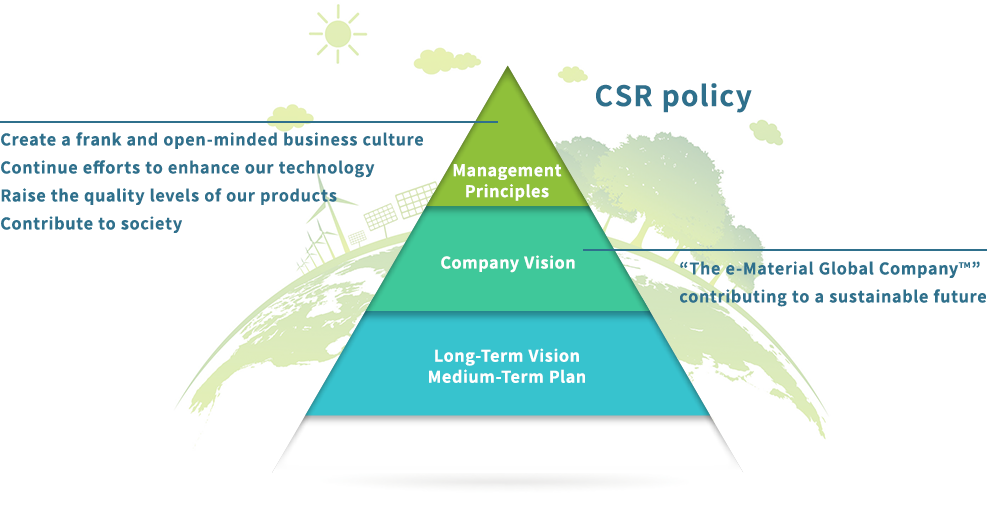
Under CSR policy, TOK Group promotes activities that comply with the RBA Code of Conduct.
Material Issues
TOK defines material issues as the starting point for its long-term initiatives with the goal of attaining the tok Vision 2030, a 100-year company by 2040, and carbon neutrality in 2050, and the Company has recently formulated new material issues closely linked to the tok Medium-Term Plan 2024.
Key initiatives
Stakeholder Engagement
- Customers
- Shareholders and investors
- Employees and future generations
- Suppliers/startups
- Academics, research institutions, and consortium
- National/ local governments and local communities
"The e-Material Global Company™️"
contributing to a sustainable future
through chemistry.
External Evaluations
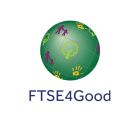
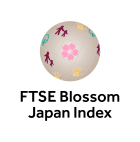
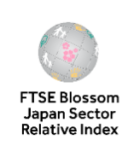



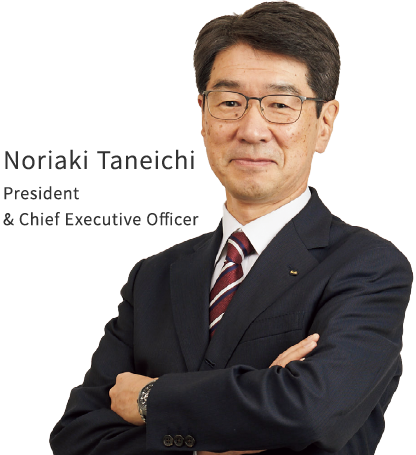
Social